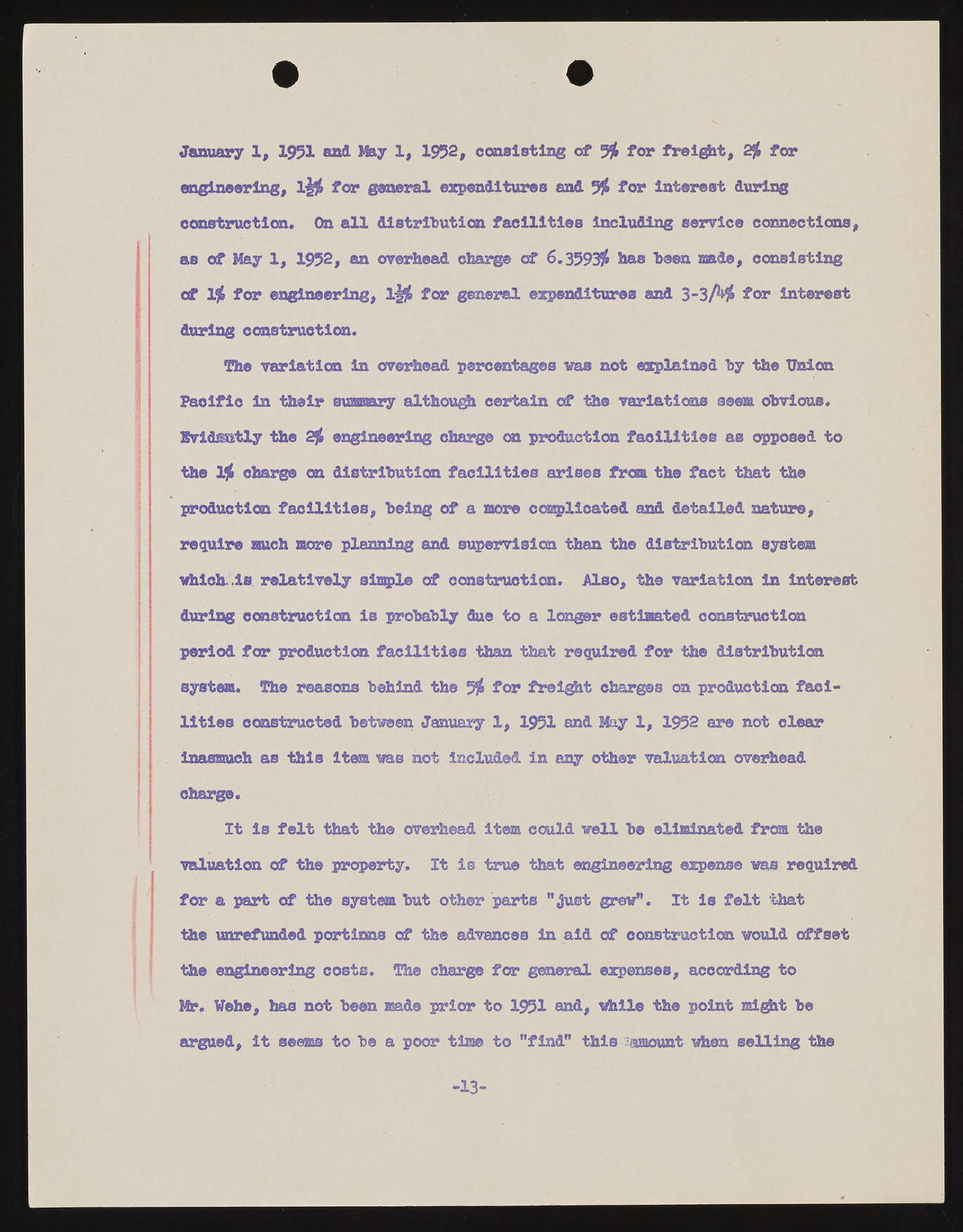Copyright & Fair-use Agreement
UNLV Special Collections provides copies of materials to facilitate private study, scholarship, or research. Material not in the public domain may be used according to fair use of copyrighted materials as defined by copyright law. Please cite us.
Please note that UNLV may not own the copyright to these materials and cannot provide permission to publish or distribute materials when UNLV is not the copyright holder. The user is solely responsible for determining the copyright status of materials and obtaining permission to use material from the copyright holder and for determining whether any permissions relating to any other rights are necessary for the intended use, and for obtaining all required permissions beyond that allowed by fair use.
Read more about our reproduction and use policy.
I agree.Information
Digital ID
Permalink
More Info
Rights
Digital Provenance
Publisher
Transcription
January 1, 1951 and May 1, 1952, consisting of 5Jt for freight, 2jt for engineering, l|# for general expenditures and 5^ for interest during construction. On all distribution facilities including service connections, as of Hay 1, 1952, an overhead charge of 6.3593S& has been made, consisting of 1$ for engineering, l|$ for general expenditures and 3-3M* for interest during construction. The variation in overhead percentages vas not explained by the Union Pacific in their summary although certain of the variations seem obvious. Evidently the 2fft engineering charge on production facilities as opposed to tiie 1$ charge on distribution facilities arises from the fact that the production facilities, being of a more cocpllcated and detailed nature, require much more planning and supervision than the distribution system which: .is relatively simple of construction. Also, the variation in Interest during construction is probably due to a longer estimated construction period for production facilities than that required for the distribution system. The reasons behind the 5$ for freight charges on production facilities constructed between January 1, 1951 end May 1, 1952 are not clear Inasmuch as this item was not Included in any other valuation overhead charge. It is felt that the overhead item could well be eliminated from the valuation of the property. It is true that engineering expense was required for a part of the system but other parts "^uet grew". It is felt that the unrefunded portions of the advances in aid of construction would offset tiie engineering costs. The charge for general expenses, according to Hr. Wehe, has not been made prior to 1951 and, while the point raiggit be argued, it seems to be a poor time to "find" this ^amount when selling the -13-

